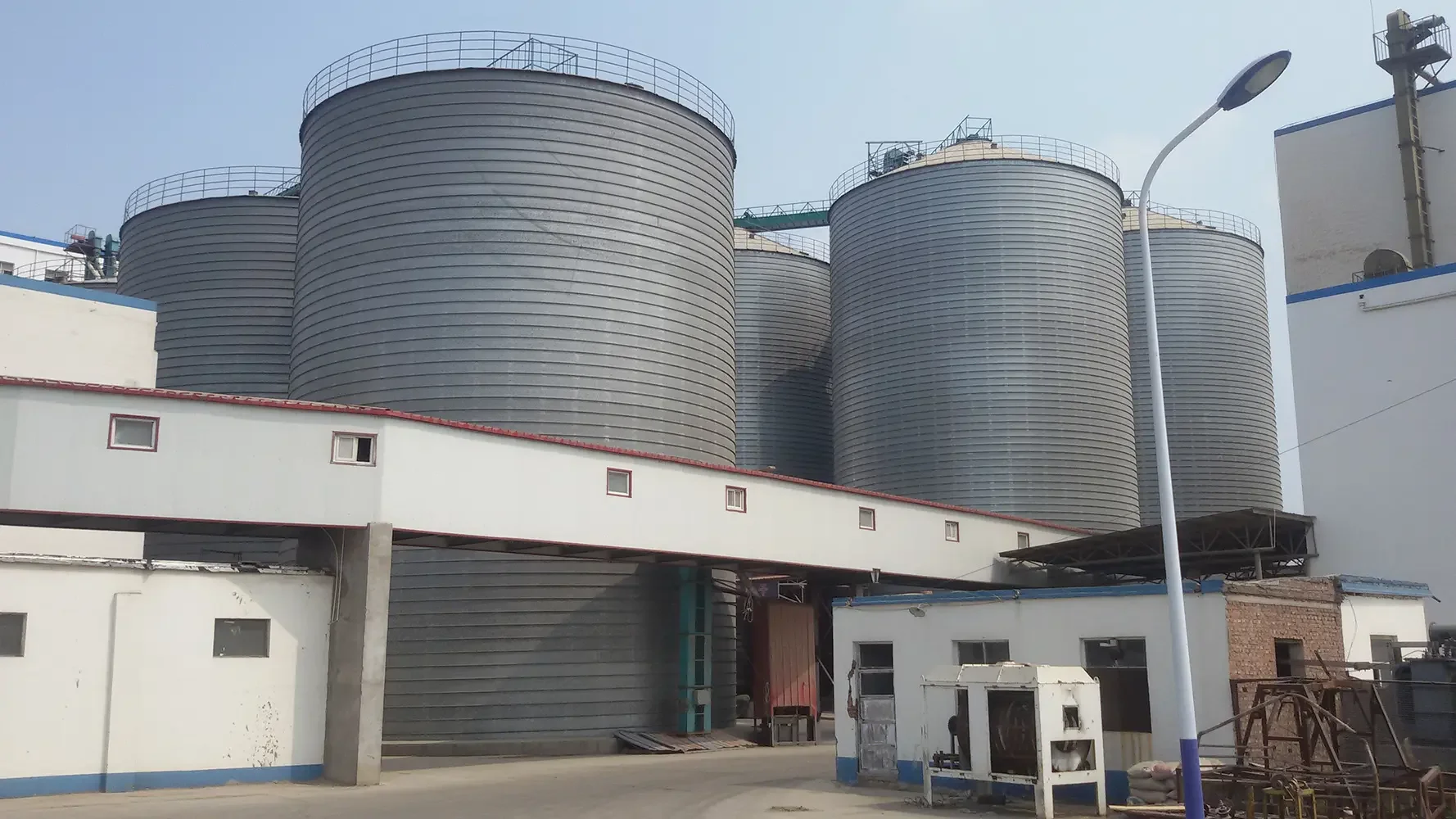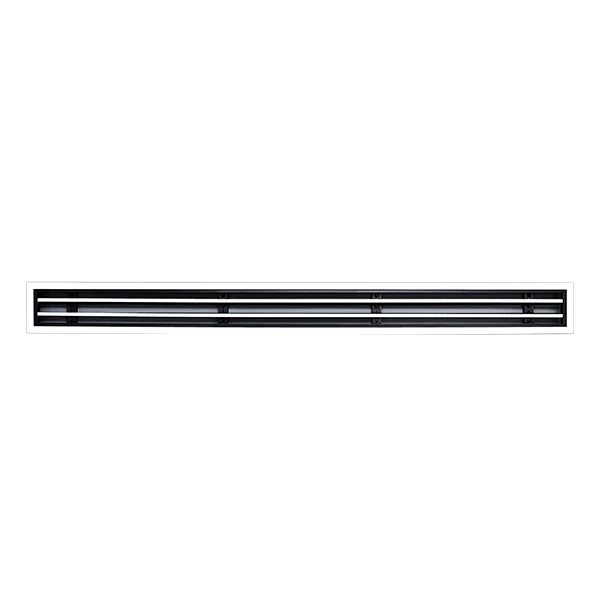In the ever-evolving landscape of logistics and transportation, the hauling industry stands out as a critical component that drives economic growth. With various sectors requiring hauling services, understanding which types of hauling pay the most can significantly impact your business strategy or career path. This article delves into the most profitable hauling opportunities, examining the factors that contribute to their financial success and offering insights for those looking to maximize their earnings in this competitive field.
- Understanding the Hauling Landscape
Hauling encompasses a wide range of services, from transporting goods and materials to moving heavy equipment. The profitability of hauling services can vary significantly based on several factors, including the type of cargo, distance, market demand, and operational costs. To identify the most lucrative hauling opportunities, it is essential to analyze the different categories of hauling and their respective profit margins.
- Types of Hauling and Their Profitability
a. Flatbed Hauling
Flatbed hauling is one of the most profitable sectors in the hauling industry. This type of hauling is often used for transporting oversized or heavy loads, such as construction materials, machinery, and vehicles. The demand for flatbed services tends to be high, especially in construction and manufacturing sectors. Flatbed haulers can charge premium rates due to the specialized nature of the service and the need for skilled drivers who can secure loads properly.
b. Refrigerated Hauling
Refrigerated hauling, or reefer trucking, is another lucrative segment. This service is essential for transporting perishable goods, including food products, pharmaceuticals, and other temperature-sensitive items. The need for refrigerated transport has surged, particularly with the rise of e-commerce and online grocery shopping. Companies offering refrigerated hauling can command higher rates due to the additional costs associated with maintaining temperature control and the specialized equipment required.
c. Hazardous Materials Hauling
Transporting hazardous materials is a highly regulated and specialized field that can yield substantial profits. Companies that are certified to haul hazardous materials can charge significantly more due to the risks involved and the stringent safety regulations that must be adhered to. This type of hauling requires specialized training and equipment, making it a niche market with less competition but higher earning potential.
d. Heavy Equipment Hauling
Heavy equipment hauling involves transporting large machinery and equipment, often for construction, mining, or agricultural purposes. This sector can be extremely profitable, particularly when hauling specialized equipment that requires permits and escorts. The complexity and risk associated with heavy equipment transport allow companies to charge premium rates, especially for long-distance hauls.
- Factors Influencing Hauling Profitability
While the type of hauling is a significant factor in determining profitability, several other elements also play a crucial role:
a. Market Demand
The demand for specific hauling services can fluctuate based on economic conditions, seasonal trends, and industry growth. For instance, during construction booms, flatbed and heavy equipment hauling may see increased demand, leading to higher rates and more job opportunities.
b. Operational Efficiency
Maximizing profits in the hauling industry also hinges on operational efficiency. Companies that invest in technology, such as route optimization software and fleet management systems, can reduce fuel costs and improve delivery times, ultimately enhancing profitability.
c. Regulatory Compliance
Adhering to regulations is essential in the hauling industry, particularly for specialized sectors like hazardous materials and refrigerated transport. Companies that maintain compliance can avoid costly fines and disruptions, ensuring a steady flow of income.
- Strategies for Success in the Hauling Industry
To thrive in the competitive hauling landscape, consider the following strategies:
- Diversify Services: Offering a range of hauling services can help mitigate risks associated with market fluctuations and increase overall revenue.
- Invest in Training: Ensuring that drivers are well-trained in safety protocols and specialized hauling techniques can enhance service quality and reduce liability.
- Build Strong Relationships: Establishing partnerships with suppliers, manufacturers, and other businesses can lead to consistent work and referrals.
- Leverage Technology: Utilizing advanced logistics software can streamline operations, improve customer service, and enhance profitability.
Conclusion
In conclusion, the hauling industry presents numerous opportunities for those looking to maximize their earnings. By focusing on high-demand sectors such as flatbed, refrigerated, hazardous materials, and heavy equipment hauling, and by implementing strategies to enhance operational efficiency, businesses and individuals can position themselves for success. As the logistics landscape continues to evolve, staying informed about market trends and adapting to changes will be key to thriving in this dynamic industry.


More Stories
How Global Trade Moves Faster Through Structured Border Compliance?
Seeing More Behind the Wheel Why Truck Backup Camera System Matters
Electric Rescue ATV Vehicle Redefining Rapid Response in Complex Terrain